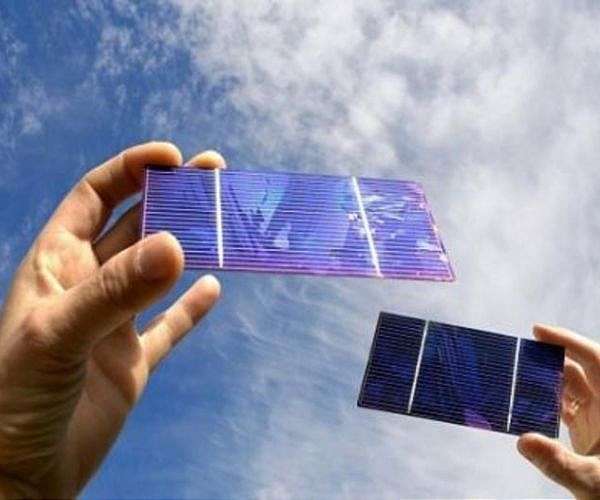KAIST researchers improve hybrid perovskite solar cells with improved infrared capture
A team of researchers from KAIST, led by Professor Jung-Yong Lee from the School of Electrical Engineering and Professor Woojae Kim from the Department of Chemistry at Yonsei University, has announced the development of an advanced hybrid solar cell technology. This innovation improves the capture of near-infrared light, significantly increasing energy conversion efficiency and addressing key challenges in current perovskite solar cells.
Traditional lead-based perovskite solar cells are limited by their absorption spectrum, which is limited to visible light with wavelengths up to 850 nanometers. This limitation prevents them from utilizing approximately 52% of the total solar energy. The new hybrid design, developed by the KAIST team, integrates a bulk organic heterojunction (BHJ) with perovskite, extending absorption capabilities into the near-infrared range.
A major advance in this technology is the introduction of a sub-nanometer dipole layer. This thin layer effectively reduces the energy barrier between the perovskite and the organic BHJ, alleviating problems such as charge accumulation.
This improvement maximizes the near-infrared contribution and increases the current density (JSC) to 4.9 mA/cm. As a result, the power conversion efficiency (PCE) of this hybrid solar cell has increased from 20.4% to 24.0%. The study also recorded a high internal quantum efficiency (IQE) of 78% in the near-infrared region, a significant achievement compared to previous studies.
The stability of the device is another highlight: it retains more than 80% of its initial efficiency under extreme humidity for more than 800 hours. “Through this study, we have effectively solved the charge accumulation and energy band mismatch problems faced by existing perovskite/organic hybrid solar cells,” said Professor Jung-Yong Lee. “These advances improve energy conversion efficiency and mechanical-chemical stability, overcoming optical limitations.”
The research was led by Ph.D. candidate Min-Ho Lee and master’s candidate Min Seok Kim as co-first authors and was published in the September 30 online edition of ‘Advanced Materials’.


